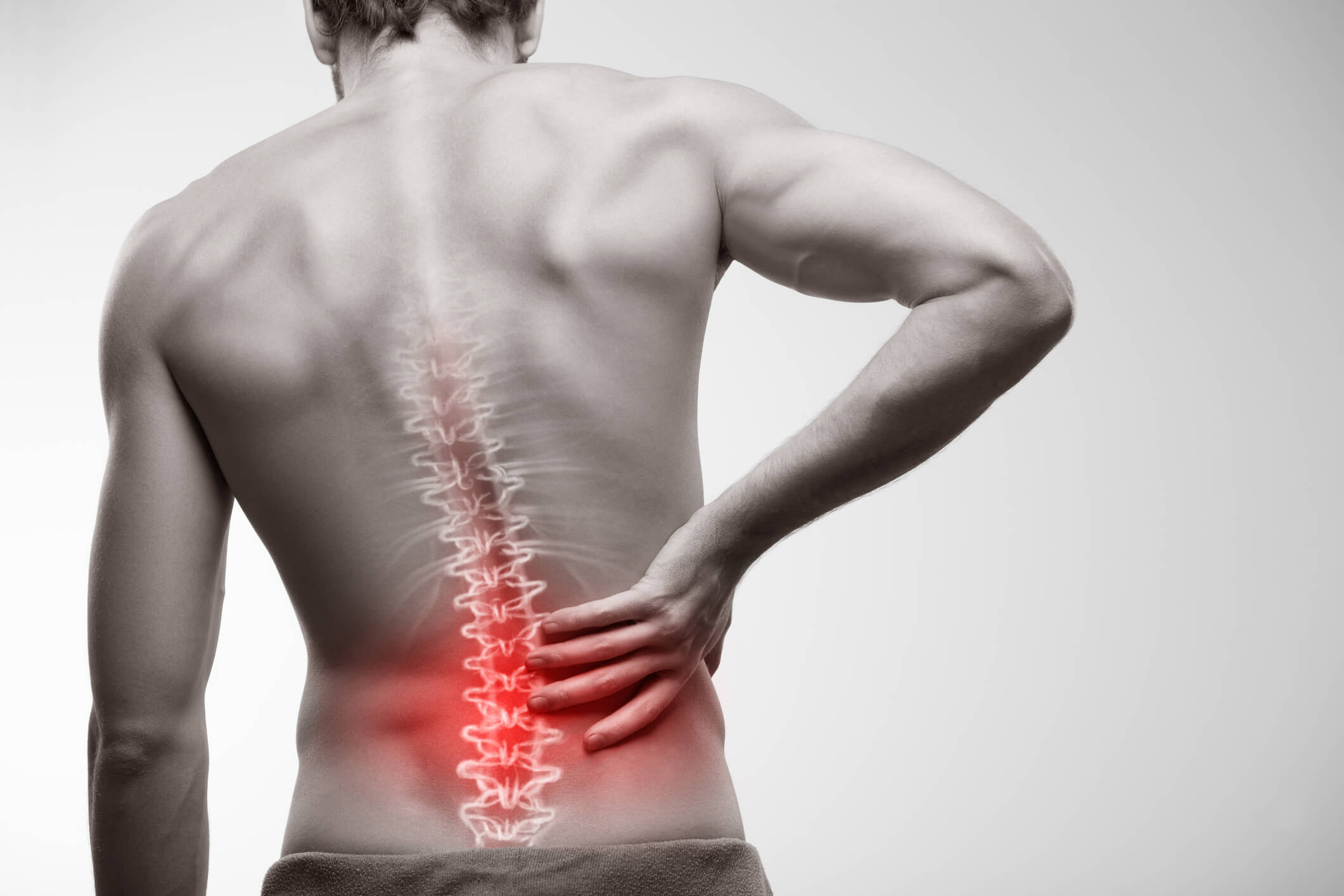This service or treatment is generally covered by most health insurance policies. You are responsible for checking your insurance policy cover, and you may need a referral letter. Check which insurance companies are covered.
Interspinous Spacer
An interspinous spacer is inserted during a minimally invasive surgery to treat lumbar spinal stenosis

Why you might need?
An interspinous spacer is inserted during a minimally invasive surgery to treat lumbar spinal stenosis which causes narrowing of the spinal canal. The narrowing is often caused by degenerative or arthritic changes of the discs and the facet joints. Patients with this condition typically complain of pain, numbness, leg weakness and difficulty walking. The spacer is implanted between two bones in your back (spinous process) to create extra space in your back reducing pressure on the spinal nerves. The plastic or titanium device prevents you from bending too far backward, but does allow forward bending.
Treatment Info
An anaesthetist will discuss with you the type of anaesthetic used and the process they will follow. You will be given the opportunity to ask any questions and raise any concerns you may have with the anaesthetist.
The procedure is performed under a local anaesthetic with sedation. You will be asleep during the operation. The operation will take approximately 45 minutes. This allows the insertion of the device using x-ray guidance into the space between the spinous processes (bones you can feel along your back) in such a manner so as to separate (distract) them by the desired amount.
Treatment Preparation
Your consultant will provide you with all the relevant information before your procedure along with any preparation you may need to do in the days leading up to your surgery. It is important to tell your consultant about any medicines you may be taking, including any over the counter pain medicines such as paracetamol or aspirin.
You may need radiological (imaging) tests before your surgery, including ultrasound, x-ray or an MRI scan.
Do not eat (this includes chewing gum) or drink for 6 hours before you are due to have surgery otherwise your surgery may be delayed or rescheduled.
Please ensure you have a competent adult available to take you home after you leave OneWelbeck Orthopaedics.
Treatment Risks
As with any surgery, there can be risks including:
- Incision (scar) pain
- Approximately a one in seven chance that it will not adequately distract the bones and therefore the symptoms will persist
- Wound infection
- Sort tissue infection
- Bruising
- Spinous process fracture
Treatment Recovery
After your surgery, you will be watched by your dedicated nurse at OneWelbeck Orthopaedics for a few hours afterwards. Once you have seen your Consultant you will be able to go home the same day. It is important to rest to give your injury the best chance of healing.
Make sure you follow any advice given to you by your consultant orthopaedic surgeon including any advice on pain relief, wound dressing and any exercises you may be given.
A follow-up appointment will be made for you in 2 weeks to assess your progress and remove any stitches.
Paediatrics
We are able to offer Interspinous Spacer appointments to paediatric patients aged 12-18. For full information on our paediatrics service, please visit our main Paediatrics page.



